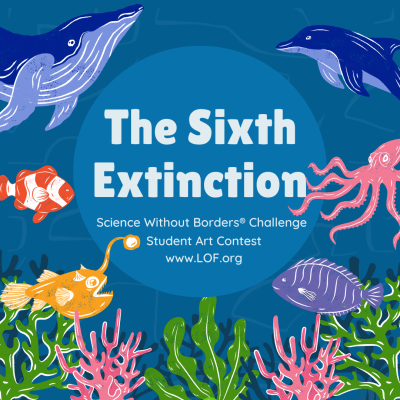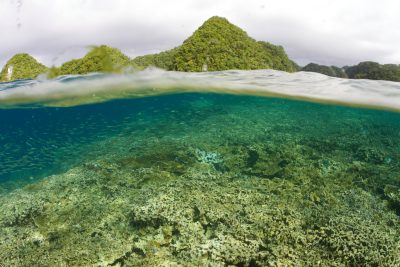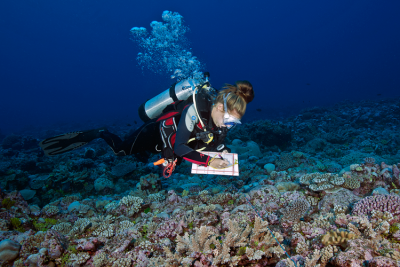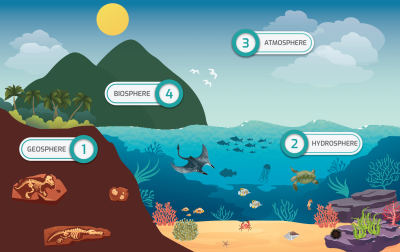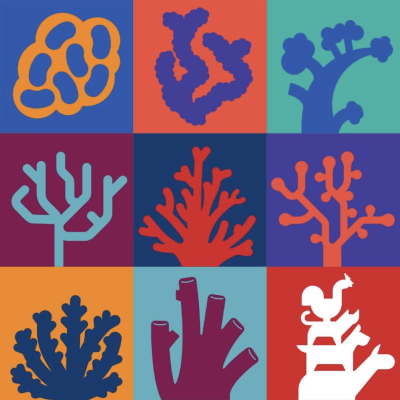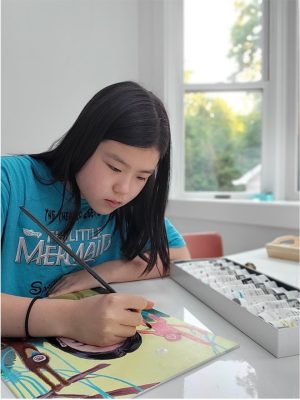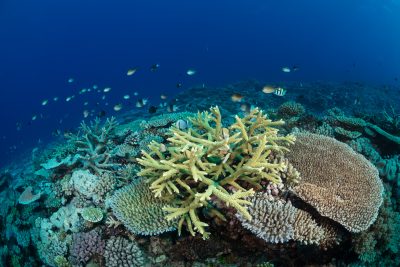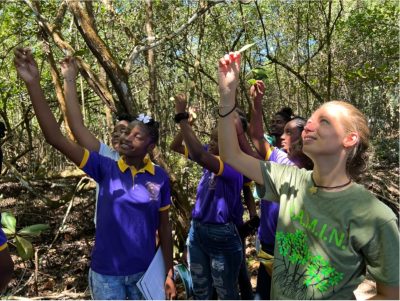
Welcome, Saskia! KSLOF welcomes a master’s student to study our Mangrove Education & Restoration Program
Six months ago, I was certain that I would be travelling to Indonesia to research mangrove crabs for my master’s thesis. The project was funded, and I was prepared to leave for Indonesia when suddenly, I received information that local



